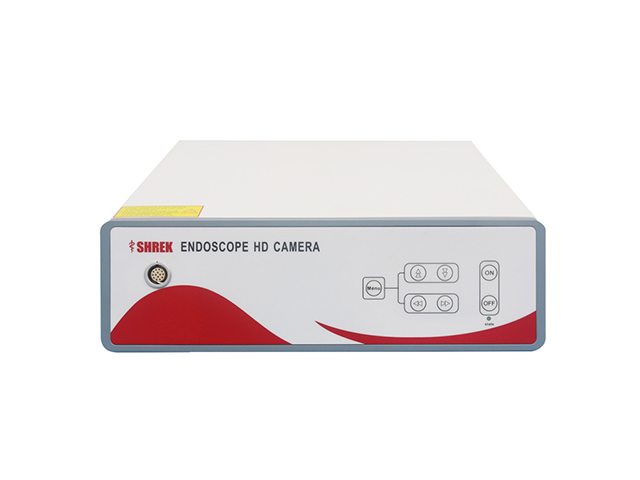SHREK NEWS
What are the types of Class I, Class II, and Class III medical devices

Medical devices are classified by the US Food and Drug Administration (FDA) into three classes - Class I, Class II, and Class III - based on the level of risk they pose to patients. Here are the general types of devices that fall under each class:
Class I Medical Devices:
Simple devices that have a low risk of harm to the patient
Examples: Bandages, gloves, tongue depressors, surgical instruments, stethoscopes, and other non-powered devices
Class II Medical Devices:
More complex devices than Class I devices, with a higher risk of harm to the patient
Examples: X-ray machines, infusion pumps, surgical drapes, blood glucose meters, and other powered devices
Class III Medical Devices:
The highest-risk medical devices, usually implanted or life-sustaining devices that require pre-market approval
Examples: Implantable pacemakers, defibrillators, artificial heart valves, silicone breast implants, and other life-sustaining devices
It's important to note that the classification of a medical device is based on the level of risk it poses to patients, and it's not necessarily an indication of its effectiveness or quality. All medical devices, regardless of their classification, must meet strict FDA standards for safety and effectiveness before they can be sold in the United States.




